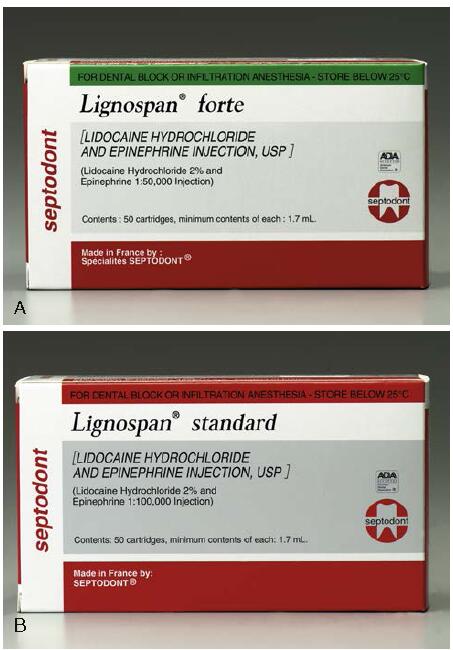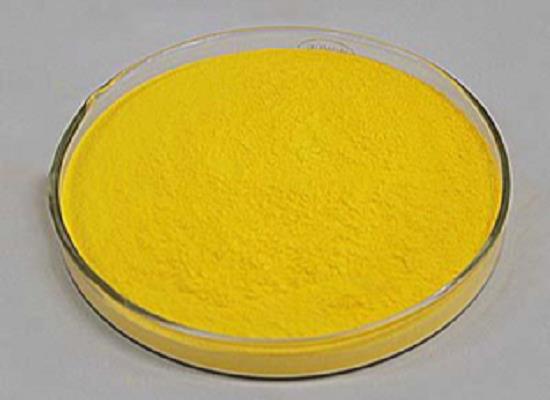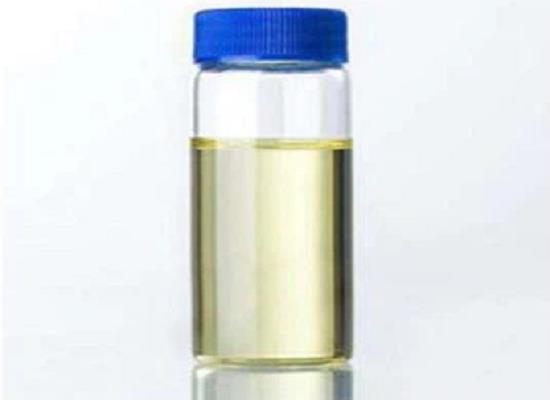Lidocaine hydrochloride: mechanism of action, pharmacokinetics and activities
General Description
Lidocaine hydrochloride is a medication that works by blocking sodium channels in neuronal cell membranes, preventing the initiation and transmission of nerve impulses. It is primarily used as a local anesthetic, providing reversible loss of sensation and numbing effects for medical procedures. Lidocaine hydrochloride also exhibits antibacterial activity against certain bacteria and can inhibit cardiac sympathetic nerve activity, contributing to its antiarrhythmic effects. Its pharmacokinetics are complex, with recent observations challenging traditional views on its elimination and accumulation in the body. Overall, lidocaine hydrochloride is widely used for its local anesthetic properties in various clinical settings.
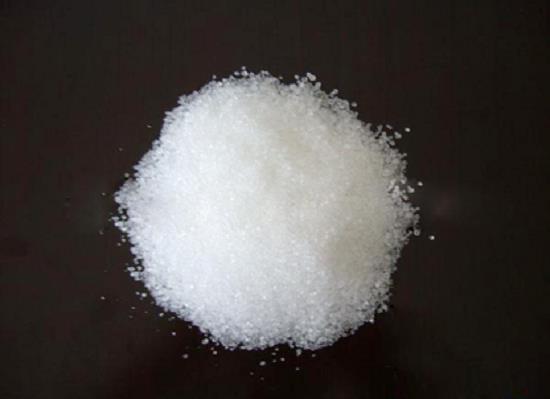
Figure 1. Lidocaine hydrochloride
![Article illustration]()
![Article illustration]() Mechanism of action
Mechanism of action
Lidocaine hydrochloride primarily works by blocking voltage-gated sodium channels in neuronal cell membranes. When lidocaine hydrochloride is administered locally, it diffuses into the surrounding tissues and enters the neuronal cell membranes. Inside the cell membranes, lidocaine hydrochloride interacts with and blocks the voltage-gated sodium channels. These channels are responsible for the initiation and propagation of action potentials in neurons. By blocking the sodium channels, lidocaine hydrochloride prevents the influx of sodium ions into the neuron, which is essential for the generation and conduction of nerve impulses. This inhibition of sodium influx leads to the suppression of action potential formation and propagation along the affected nerves, resulting in local anesthesia. Furthermore, lidocaine hydrochloride's blockage of the sodium channels not only affects the initiation and propagation of action potentials but also reduces the excitability of the neurons. This contributes to its antiarrhythmic effects when used for cardiac procedures. Overall, lidocaine hydrochloride's mechanism of action involves the inhibition of voltage-gated sodium channels, preventing the generation and transmission of nerve impulses, and ultimately producing the desired local anesthesia effect. 1
![Article illustration]() Pharmacokinetics
Pharmacokinetics
The traditional view of lidocaine pharmacokinetics suggests a linear, two-compartment, open model. The terminal log-linear phase half-life (t) of lidocaine was believed to be 90-120 minutes in various patient populations. Standard pharmacokinetic calculations indicated that a constant-rate intravenous infusion would achieve steady-state plasma concentrations in 9-12 hours. However, recent observations challenge this view. In patients with coronary artery disease, the half-life of lidocaine after long-term infusion was reported to be three to eight hours, even without congestive heart failure. Additionally, total lidocaine concentration continues to accumulate for at least 46 hours in patients who have experienced an acute myocardial infarction (AMI). The plasma binding of lidocaine is influenced by concentration-dependent factors, such as a1-acid glycoprotein (a1-AGP). After an AMI, the concentration of a1-AGP nearly doubles, leading to decreased free fraction and potentially increased total plasma concentration of lidocaine. Interestingly, recent reports indicate that both free and total lidocaine concentrations increase, suggesting that pharmacokinetic changes in AMI patients involve more than just increased drug binding. Prolonged infusion also impacts the liver's elimination ability. Overall, the pharmacokinetic behavior of lidocaine during and after long-term infusion differs significantly from what conventional compartment models predict. 2
Activities
![Article illustration]() Inhibition of cardiac sympathetic nerve activity
Inhibition of cardiac sympathetic nerve activity
A study investigated the effects of intravenous lidocaine on cardiac sympathetic nerve activity (CSNA) in dogs. It was found that lidocaine produced dose-dependent and sustained decreases in CSNA. The inhibitory effect on CSNA was observed at therapeutic plasma levels of lidocaine. The study suggested that these effects were likely due to the central nervous system actions of lidocaine. These findings imply that the inhibition of CSNA may contribute to the antiarrhythmic actions of lidocaine. 3
Antibacterial activity
Lidocaine hydrochloride exhibits antibacterial activity against gram-negative and gram-positive bacteria. Subinhibitory concentrations of Lidocaine hydrochloride was found to enhance the susceptibility of Escherichia coli, Salmonella typhimurium, and Pseudomonas aeruginosa to novobiocin and nalidixic acid. Furthermore, lidocaine hydrochloride was found to depolarize the membrane potential of inner membrane vesicles when energized by nicotinamide adenine dinucleotide. These findings suggest that lidocaine hydrochloride antibacterial activity is associated with depolarization of the cytoplasmic membrane, possibly preceded by outer membrane permeabilization in gram-negative bacteria. 4
Local anesthetic activity
Lidocaine hydrochloride is a local anesthetic that exhibits potent local anesthetic activity. Lidocaine hydrochloride's local anesthetic activity is characterized by its rapid onset and intermediate duration of action. When applied topically or infiltrated into tissues, it produces reversible loss of sensation and numbing effects, allowing for various medical procedures and surgeries to be performed with reduced or eliminated discomfort. The local anesthetic activity of lidocaine hydrochloride is widely utilized in multiple clinical settings, including dental procedures, minor surgical interventions, dermatological treatments, and obstetric practices. It provides effective analgesia and allows clinicians to perform procedures with improved patient comfort and reduced pain response. 5
Reference
1. Barletta M, Reed R. Local Anesthetics:
Pharmacology and Special Preparations. Vet Clin North Am Small Anim
Pract, 2019, 49(6):1109-1125.
2. Pieper JA, Slaughter RL, Anderson GD, Wyman MG, Lalka D. Lidocaine clinical pharmacokinetics. Drug Intell Clin Pharm, 1982, 16(4):291-294.
3. Miller BD, Thames MD, Mark AL. Inhibition of cardiac sympathetic nerve activity during intravenous administration of lidocaine. J Clin Invest, 1983, 71(5):1247-1253.
4. Ohsuka S, Ohta M, Masuda K, Arakawa Y, Kaneda T, Kato N. Lidocaine hydrochloride and acetylsalicylate kill bacteria by disrupting the bacterial membrane potential in different ways. Microbiol Immunol, 1994, 38(6):429-434.
5. Li Y, Liao X, Zheng B. Studies on local anesthetic lidocaine hydrochloride delivery via photo-triggered implantable polymeric microneedles as a patient-controlled transdermal analgesia system. J Biomater Sci Polym Ed, 2022, 33(2):155-173.
);You may like
Related articles And Qustion
Lastest Price from Lidocaine hydrochloride manufacturers
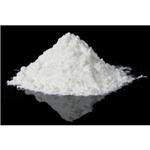
US $1.00-1.00/kg2024-04-27
- CAS:
- 73-78-9
- Min. Order:
- 1kg
- Purity:
- 99%
- Supply Ability:
- 10 tons
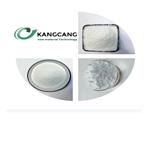
US $20.00-10.00/kg2024-04-26
- CAS:
- 73-78-9
- Min. Order:
- 1kg
- Purity:
- 98%
- Supply Ability:
- 20


